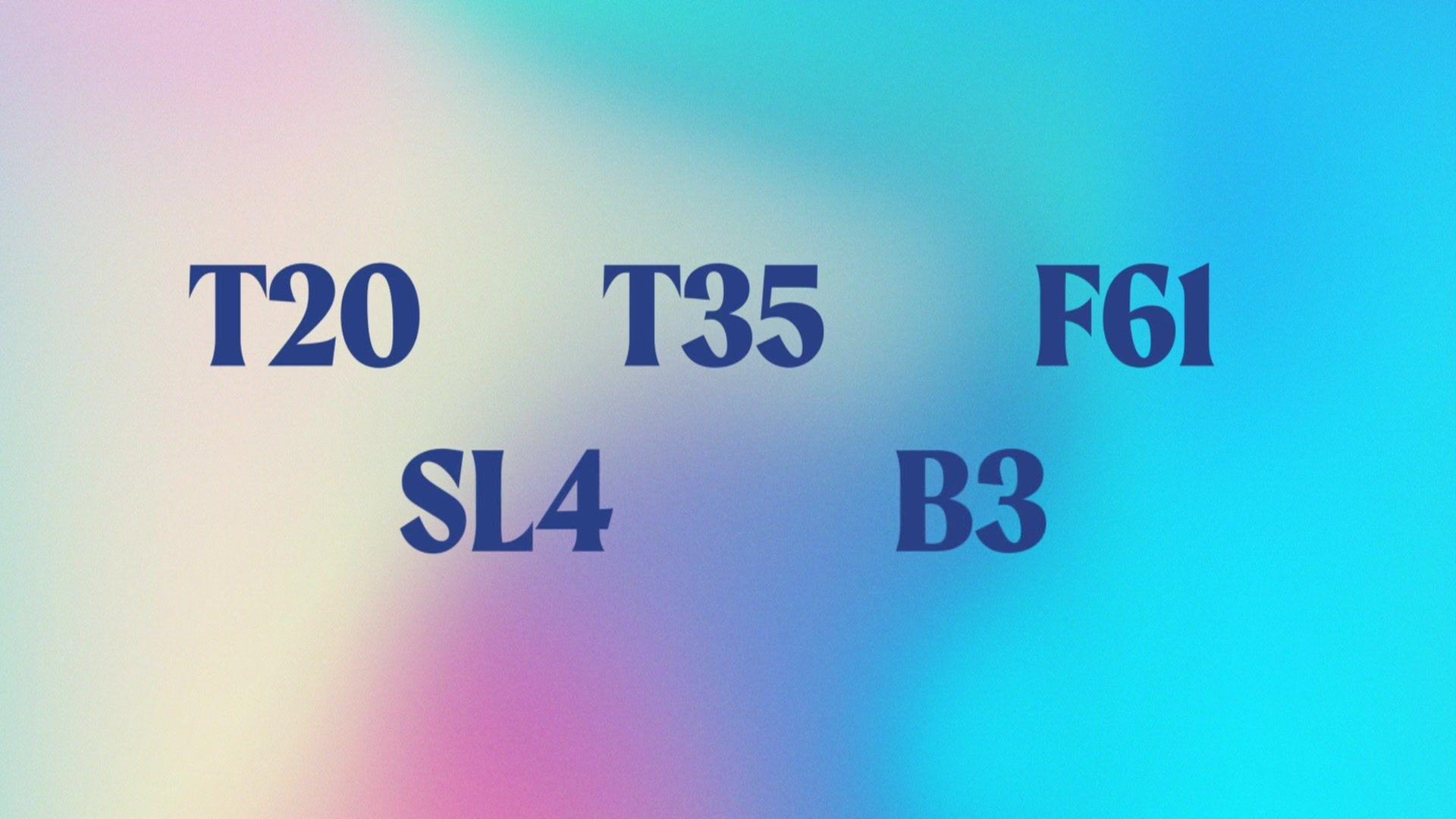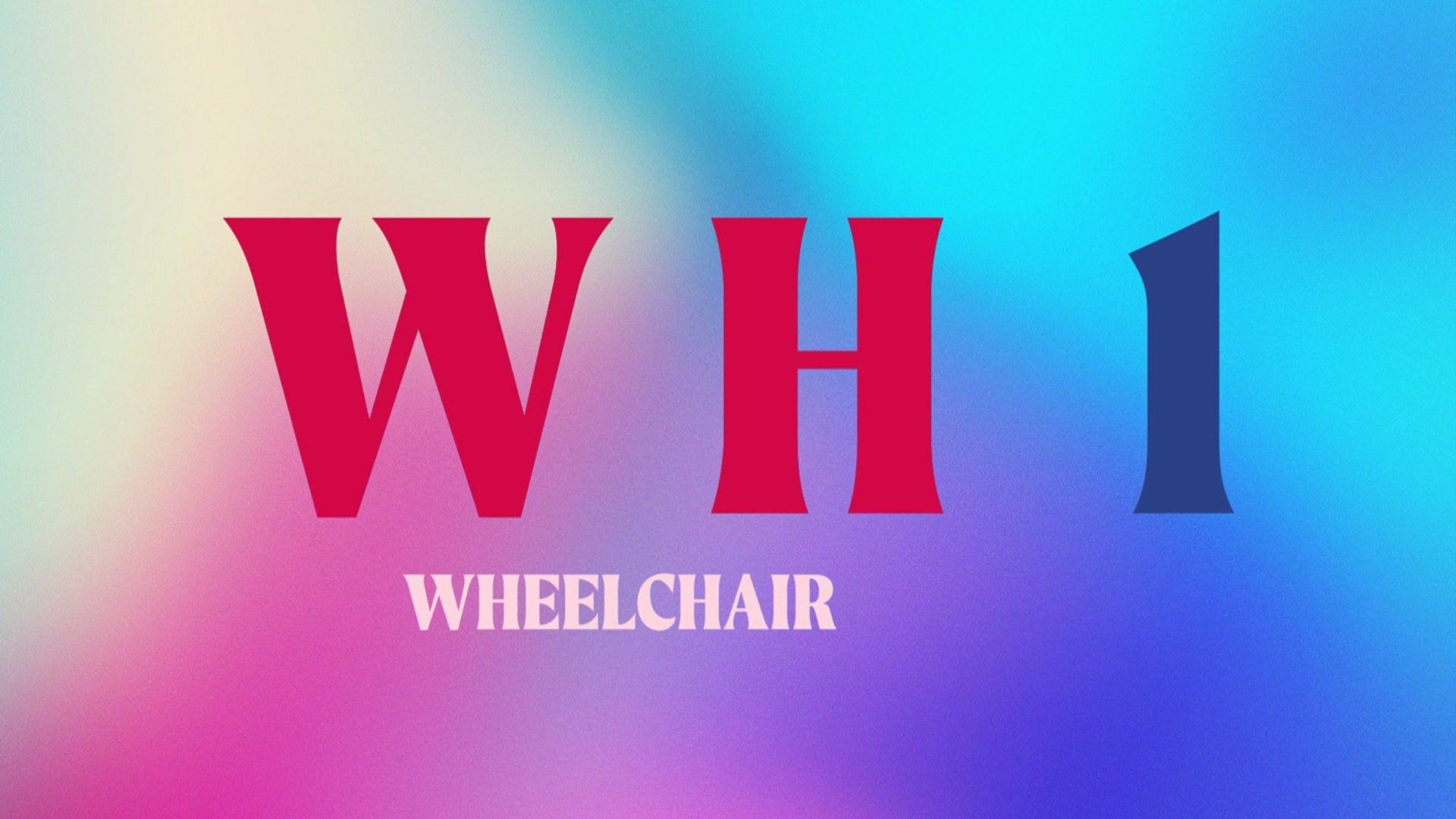What do the different classifications at the Paralympics mean?

You might see these during the Paralympics, before the title of a sport. But what do they mean?
- Published
In the Paralympic Games, as well as lots of different sports, there are also many different classifications.
Classifications were introduced to make sure there's fair competition between athletes.
Before athletes take part in a Paralympic Games, they are assessed by a panel of experts who work out what kind of impairment they have.
Each sport has its own classifications and system for working them out.
Learn more about the Paralympics:
Paralympics 2024: Everything you need to know
- Published28 August 2024
Meet the kids swapping PE for Olympic and Paralympic sports. Video, 00:01:47
- Published3 April 2024
What do the classifications mean?

ParalympicsGB's athletes will compete across lots of different classifications
The classifications make sure all athletes are going up against athletes who have similar functional abilities.
Because of this, sometimes athletes with different impairments are put in the same classification.
The classification usually starts with a letter, which sometimes represents the sport. For example, TT stands for Table Tennis.
There's then a number, which represents the level of impairment. However, some sports choose to use words or terms instead.
Different classifications for different sports

This classification is used in badminton - and the WH stands for wheelchair. Some sports have other methods to explain what their classifications represent.
Some sports have letters which represent different classifications too. In Tennis, there's Open, which is for athletes with lower limb impairments, and Quad, which is for athletes with both lower limb and upper body impairments.
Wheelchair fencing has categories A and B for their classifications.
As every sport is different, this system makes sure every para-athlete gets to compete against others of a similar level of ability.
When were classifications introduced?
When the Paralympics first started, there was a classification system, but it was based on the athlete's medical diagnosis, rather than their functional ability at the sport.
In 1989, organisers for the upcoming 1991 Barcelona Paralympic Games agreed on 'sports specific functional classifications'.
This means that athletes would compete against athletes of a similar functional level, rather than just based on a medical diagnosis.
